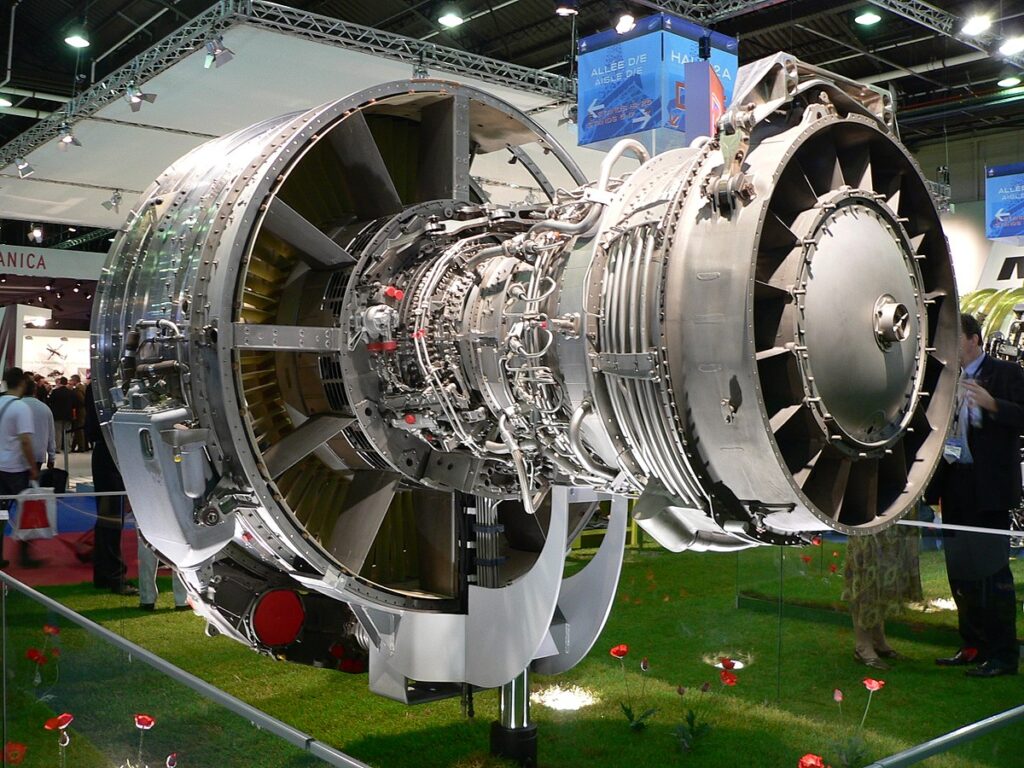If you operate A320ceos, you already know the CFM56-5B is the definition of a workhorse. Even in a “neo” world, the CFM56 still carries a staggering share of global flying: in August 2024 the CFM56 family powered 55% of all narrowbody flights, underlining how critical its support ecosystem remains.
Why support pressure is rising now
Three forces are converging:
1) Deferred shop visits are arriving all at once. Across the CFM56-5B/-7B fleet, roughly 70% of engines had seen zero or only one shop visit by late 2024, meaning a large bow wave of overhauls is still ahead.
2) New-tech engine disruptions are extending CEO life. Pratt & Whitney’s PW1100G issues have kept hundreds of A320neos grounded, pushing airlines to retain A320ceos longer—raising demand for CFM56-5B support.
3) Supply chain & labor friction persist. Engine MROs report shops at (or near) full capacity, with parts lead times and labor shortages driving turnaround times well beyond 180–200+ days.
What makes CFM56-5B support tricky in 2025
– Slot scarcity and long TATs as demand for narrowbody engines soars.
– Used serviceable material (USM) shortages and rising costs.
– Regulatory compliance workload from new ADs.
– Workscope creep vs. EGT margin as fleets age.
– LEAP ramp colliding with legacy demand.
The capacity outlook
MROs are adding lines and space, automating tasks, and recruiting internationally—yet many providers warn that materials and skilled labor remain the pacing items. Expect capacity to stay tight for 12–24 months, with gradual relief as supply chains normalize and LEAP networks mature.
What operators can do (practical playbook)
1) Secure slots 9–18 months ahead.
2) Engineer for green-time with spare engines.
3) Optimize workscope to mission needs.
4) Source USM early with strict traceability.
5) Plan AD/SB compliance proactively.
6) Coordinate rentals with realistic TATs.
7) Balance LEAP vs. CFM56 priorities with MRO partners.
What lessors & MROs can do
– Predictive slotting using engine trend data.
– USM partnerships and teardown investments.
– Process discipline for compliance to avoid costly AD exposure.
The bottom line
The CFM56-5B support cycle is peaking into a constrained MRO market. With many engines only now arriving for first or second overhauls, lingering supply-chain friction, and LEAP ramp-up pulling resources, operators that secure slots early, right-size workscopes, and stage materials proactively will maintain availability and control costs. The -5B will remain central to airline schedules for years—plan accordingly.


